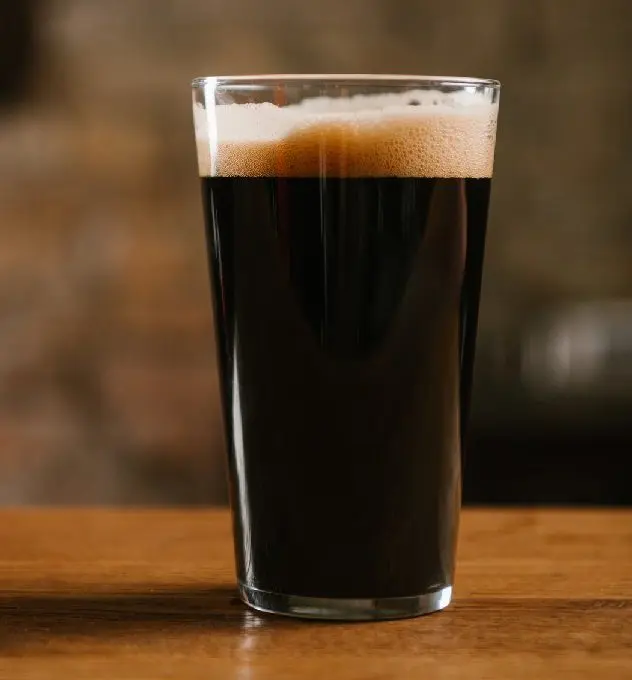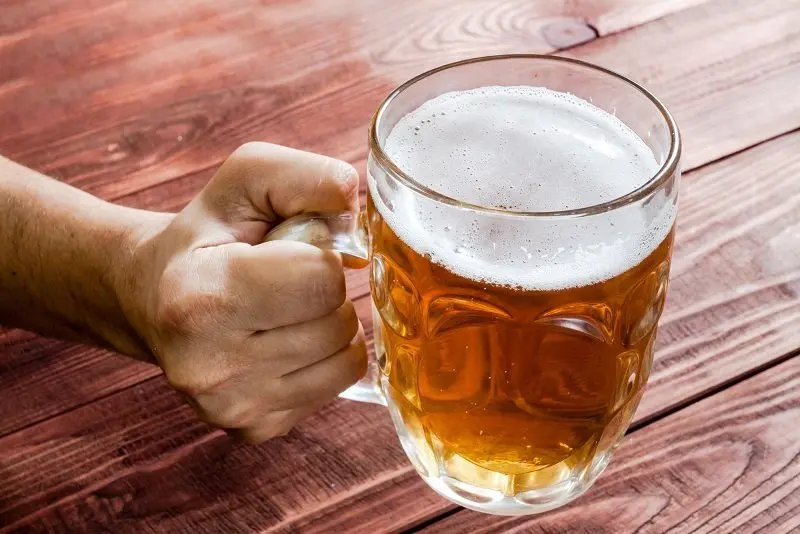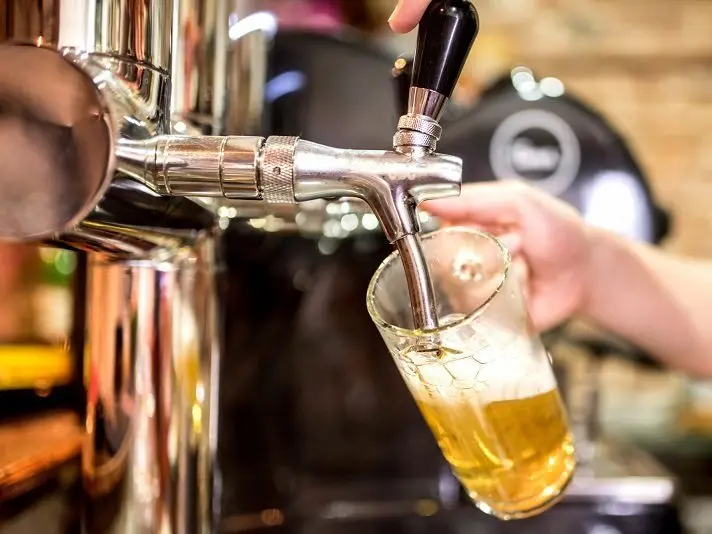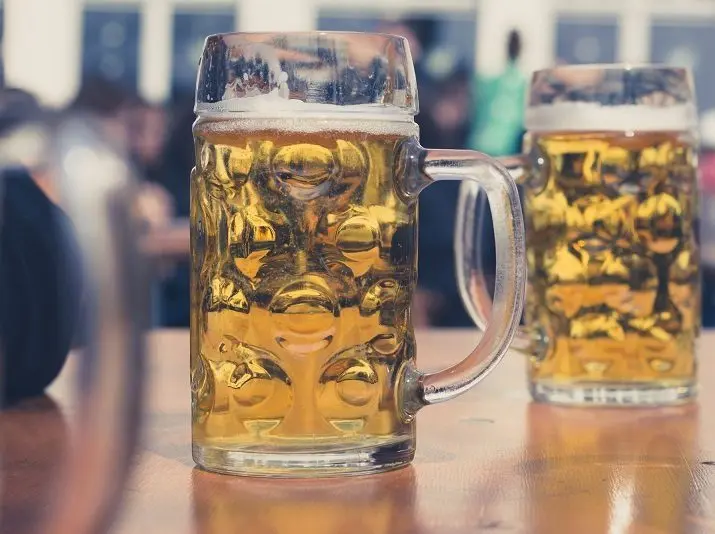It’s not easy to understand all types of beer right off the bat. A foamy drink can be classified according to different criteria (production technology, color, country, etc.), but for ease of perception, we will focus only on the most common types that are sold in almost every store. The information will be useful for beginners who have just begun to get acquainted with beer.
There is no single classification in the world yet, which causes confusion. First of all, you need to be able to distinguish types from beers. Varieties determine the method of fermentation (top or bottom) and raw materials (barley, wheat or other malt), and species determine the color and characteristics of the production technology. Types of beer by color:
Dark (strength 3,5-4,5%, density 10-11,5%) – traditional Bavarian black beer (SCHWARZBIER) bottom-fermented, having a dark brown or black color. The secret of preparation lies in the use of roasted malt. But the malt must not be overcooked, otherwise the drink will have a strong smell or taste of burnt barley.
This is a weak beer with a moderate hop bitterness and a characteristic smoky aftertaste. Best brands: Guinness, Budweiser Budvar Tmavy Lezak, Krusovice Cerne, Kloster Schwarz Bier.

Bright (strength 4-5%, density 13-15%) – brewed from light (unroasted) malt, as a result of which it has a yellowish tint. It has a pronounced hop aroma and persistent bitterness. Light types of beer are the most popular in Russia, they account for about 90% of sales.
Famous brands: Carlsberg, Pilsner Urquell, Staropramen, Löffe, Zhigulevskoye, Baltika, Bochkarev and Klinskoye.

Depending on the features of the production technology, the following types of beer are distinguished:
Live (strength 4-5%, density 11-13%) – produced on the basis of a live culture of brewer’s yeast. The production does not use preservatives and pasteurization – heating beer to a temperature of 80-85 ° C in order to destroy the microorganisms in it.
A characteristic feature of live beer is a short shelf life. It must be drunk within a few days, then it spoils. Due to the peculiarities of production, live beer cannot be sold in bottles, only in draft barrels. It is better to buy it in stores near breweries.

filtered (strength 4-5%, density 11-12%) – light beer, from which sediment and residues of fermentation products are removed. Filtered beer has a clear, bright color but is considered less healthy, as filtration removes most of the actives.

Unfiltered (strength 4-8%, density 13-16%) – production technology without filtration, as a result of which sediment may accumulate at the bottom of the bottle. It differs from live beer in that to extend the shelf life it is pasteurized and preservatives are added to the composition. The benefits of unfiltered beer depend on the preservatives used, many of which are carcinogenic.

Non-alcoholic (strength 0,2-1%, density 5-10%) – beer with a minimum alcohol content. No modern filtration method can completely eliminate alcohol. But properly refined non-alcoholic beer contains less alcohol than even kvass.
Due to the lack of alcohol, the taste differs from other types, which is why many connoisseurs are dismissive of non-alcoholic beers. It can be recommended to those who, for various reasons (health, driving, etc.) cannot drink ordinary beer. In addition, complex purification technology significantly increases the cost of production, so the price of non-alcoholic beer is often higher than other varieties.









